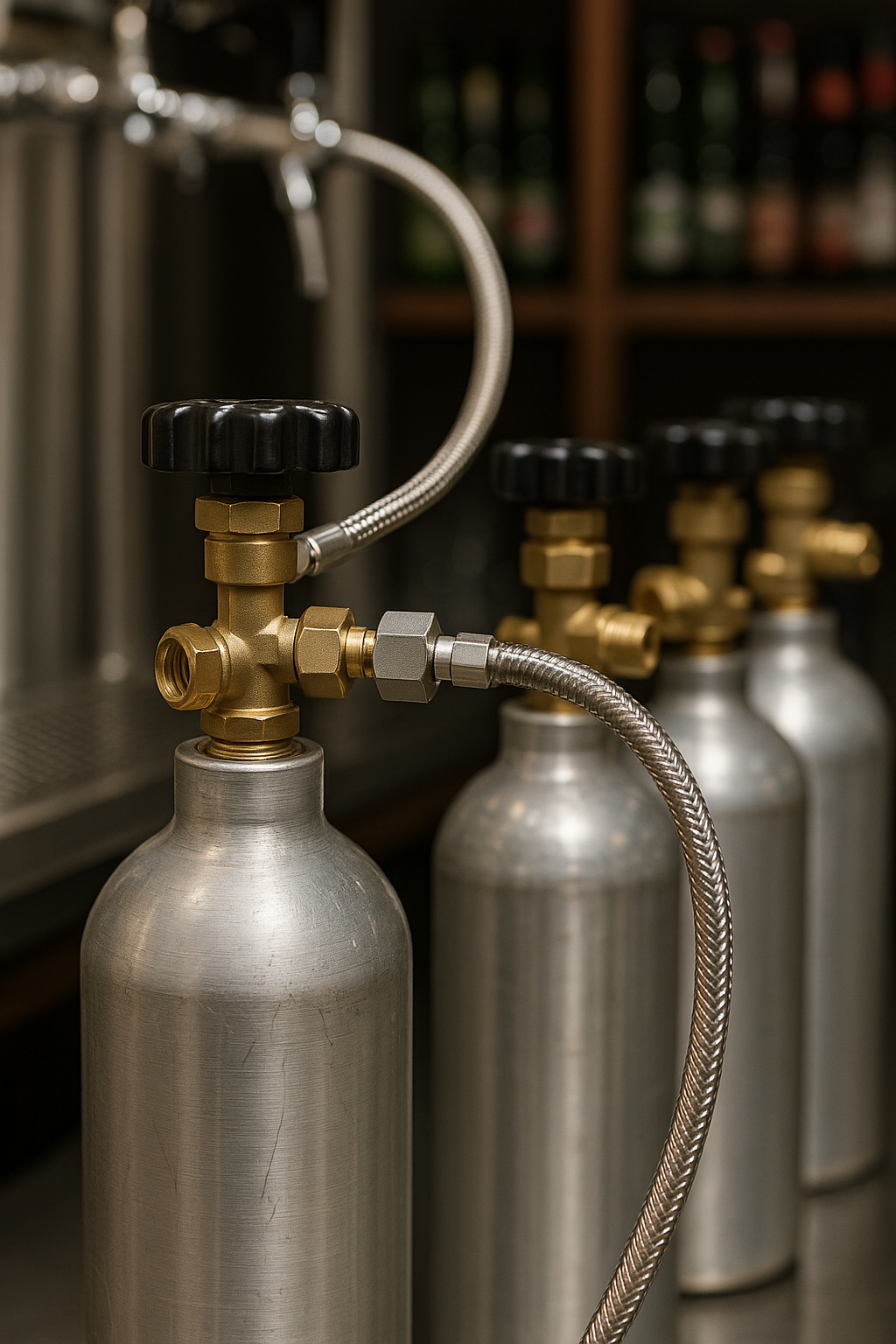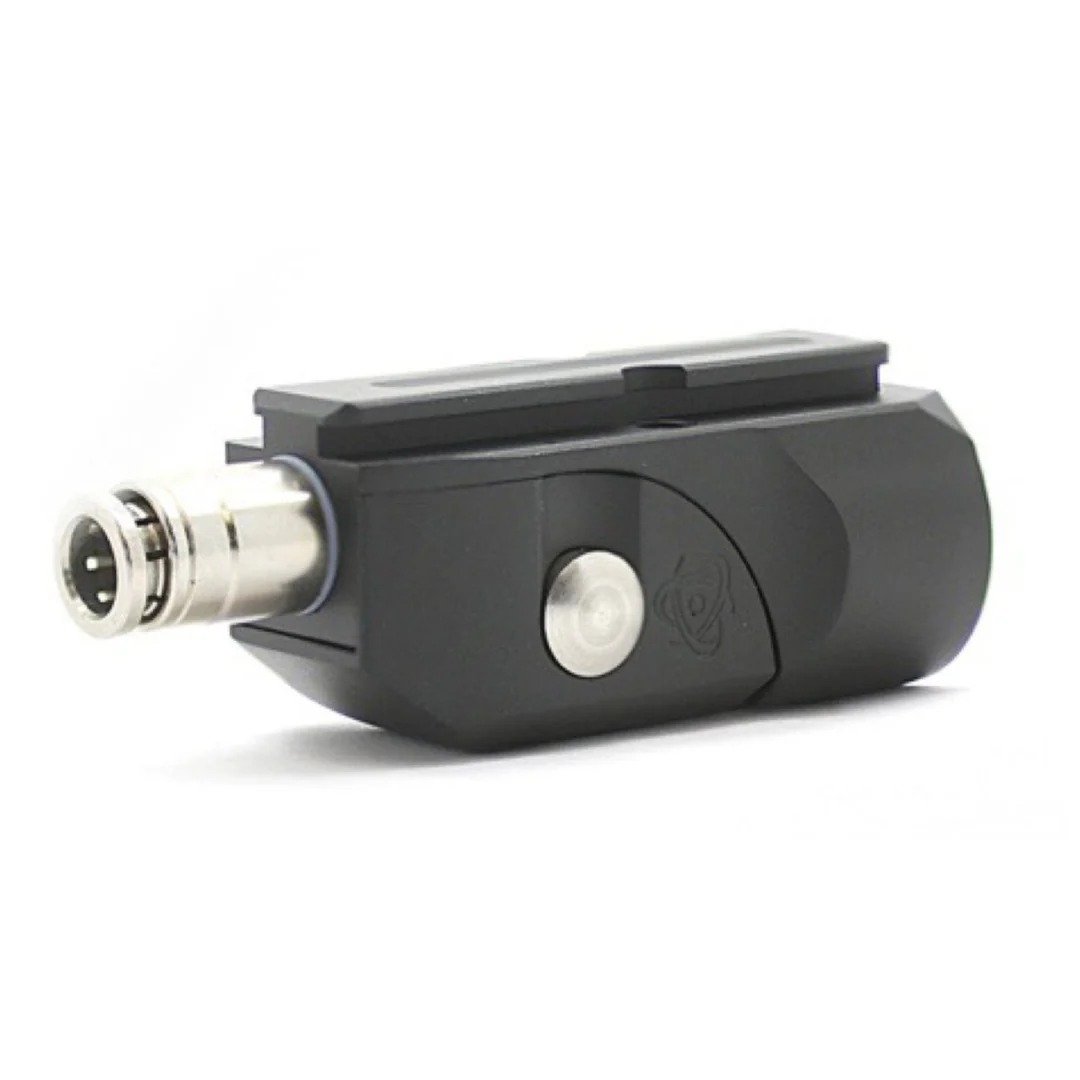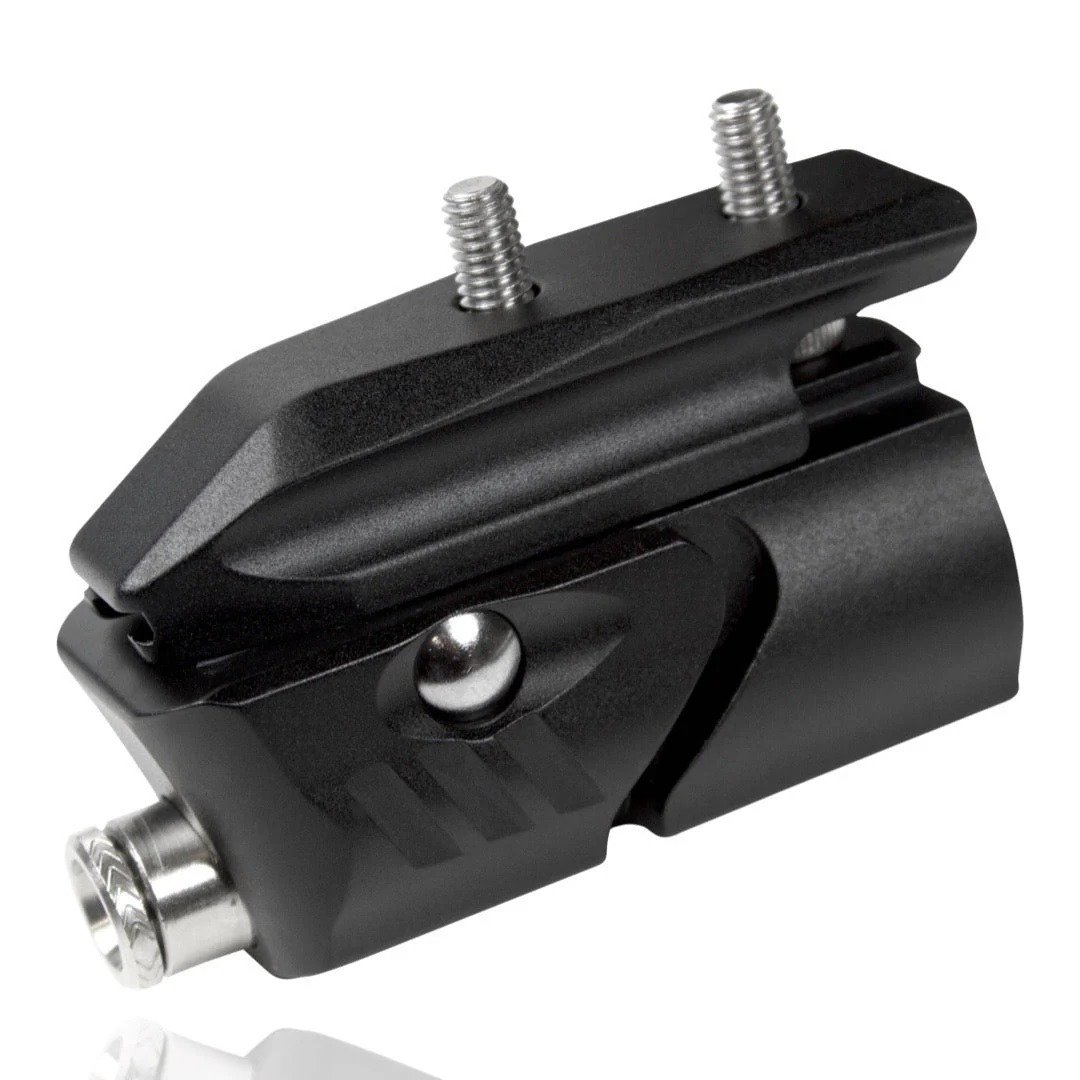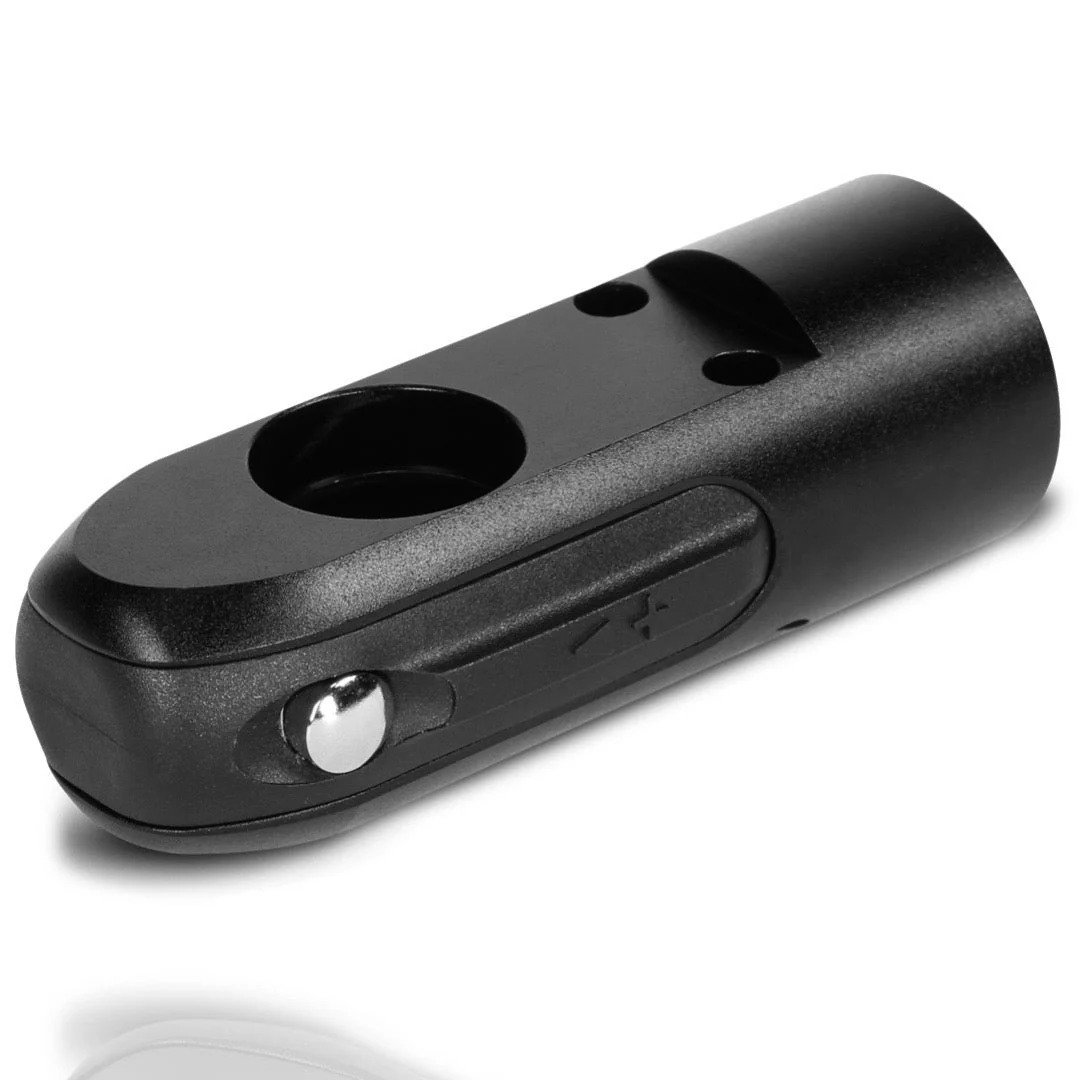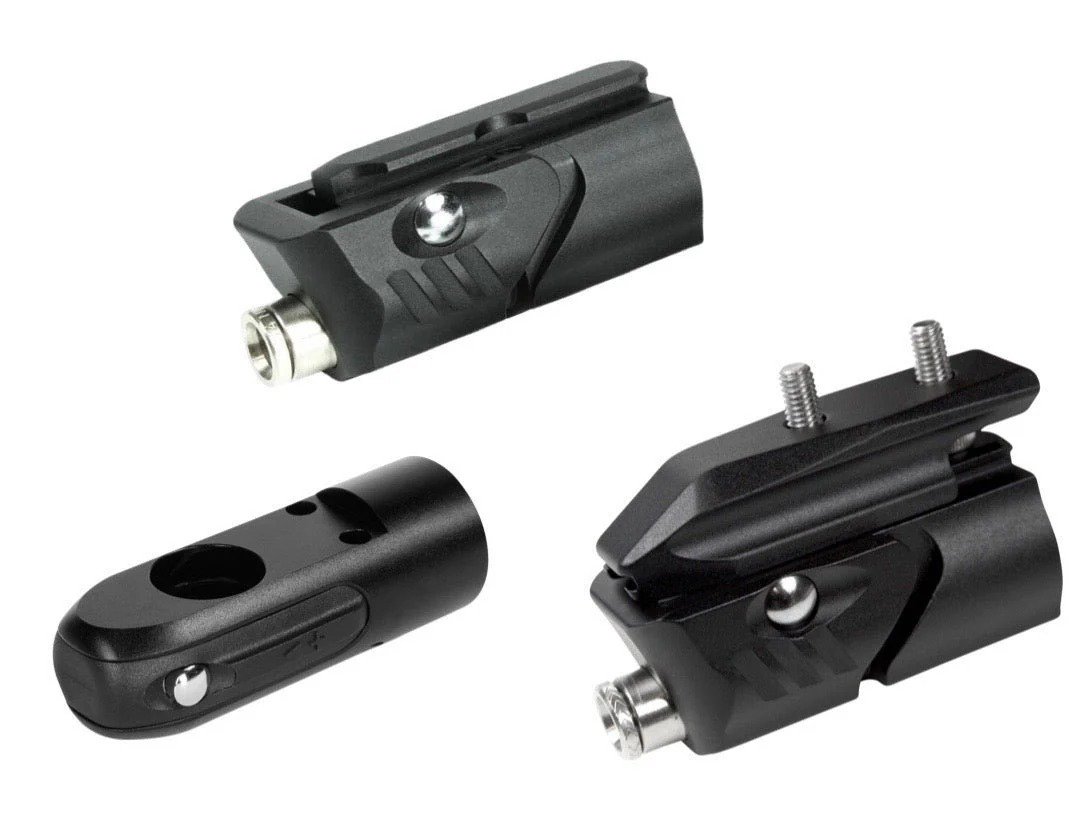New divers often ask how long their tank will last underwater. For training centers and rental operators, answering this clearly means fewer accidents—and more confident divers.
The 120 Rule is a simple estimation formula: subtract your planned depth (in feet) from 120, and the result is your expected dive time in minutes with a standard aluminum 80 tank.
This isn’t a strict safety rule, but it gives students a fast way to estimate dive time and encourages proper air management habits. As a supplier, understanding and promoting rules like this helps you guide your buyers to choose the right tanks for structured training environments.
Table of Contents
What are the two golden rules when scuba diving?
here are thousands of safety reminders in dive courses, but two rules are truly golden—they apply to every diver, on every dive.
Golden Rule #1: Never hold your breath.
Golden Rule #2: Ascend slowly.
These two principles help prevent lung over-expansion injuries and decompression sickness.
These rules drive equipment decisions:
| Rule | Key Risk Avoided | Gear Features That Help |
| Always breathe | Lung over-expansion | Easy-breathing regulators and consistent airflow |
| Ascend slowly (≤9 m/min) | Decompression sickness | Precise SPG gauges and high-visibility tank labels |
Dive schools and training institutions prioritize these behaviors in every course. Tanks with accurate pressure readouts and stable airflow help reinforce safety training.
How deep can a human go underwater with scuba gear?
As depth increases, so do the risks—oxygen toxicity, nitrogen narcosis, and equipment failure. That’s why different depths call for different cylinders.
Most recreational divers limit depth to 130 feet (40 meters). Technical divers can go deeper using gas blends and high-pressure tanks rated for advanced conditions.
Dive deeper, stock smarter:
| Dive Type | Common Tank | Max Depth | Required Certification |
| Recreational (Air) | Al80 | 40 m | Open Water / Advanced Open Water |
| Nitrox Diving | Steel 100 | 30–35 m | Enriched Air Diver |
| Technical Diving | Carbon Fiber 6.8L | 50–90 m | Trimix / Tec Deep |
For distributors, stocking tanks by target depth category gives your clients clarity and saves them from overbuying or mismatching inventory.
What is the 1/3 rule in scuba diving?
In environments where direct ascent isn’t an option—wrecks, caves, overheads—air planning must include failure buffers.
The 1/3 Rule divides your tank: 1/3 for entry, 1/3 for return, and 1/3 held in reserve for emergencies.
Why this rule matters in B2B sales:
| Buyer Type | Use Case | Suggested Cylinder |
| Cave Diving Facilities | Non-linear dive routes | Large-capacity steel tanks |
| Military Training | Emergency drills, redundancy | Dual-outlet carbon fiber tanks |
| Technical Schools | Extended dive scenarios | Twin tank setups with Nitrox |
Promoting this rule during the sales process helps you position larger tanks and high-pressure builds as not just upgrades—but essentials.
Should I buy my own scuba tank?
If your buyers are relying on rentals, they’re also accepting the risks: inconsistent maintenance, certification lapses, and limited customization.
Owning scuba tanks is cost-effective for high-frequency users like training institutions, rental centers, or dive resorts. It offers reliability, control, and long-term savings.
Buy vs. Rent Analysis:
| Model | Rent Model | Ownership Model |
| Dive Training Center | $10–15/day/tank | Payback in <1.5 years w/ 50 students/mo |
| Tactical Training Program | High performance needs | Custom-label carbon fiber saves time |
| Retailer / Distributor | Unpredictable inventory | Full control, branding, resale margins |
Encourage your wholesale buyers to view tanks as assets, not just consumables. Offering private labeling or bundled regulator sets adds even more value.
Why can't you dive with pure oxygen?
It sounds logical—oxygen is what we breathe. So why not use 100% pure oxygen when diving? Here’s why not.
Pure oxygen becomes toxic at relatively shallow depths. Even at 6 meters (20 feet), the partial pressure exceeds safe limits, causing convulsions or unconsciousness.
Promote oxygen-safe labeling and training:
| Gas Mix | Max Safe Depth | Primary Use | Equipment Needs |
| Air (21%) | ~40 m (130 ft) | Recreational diving | Standard aluminum or steel |
| Nitrox (32%) | ~33 m (110 ft) | Longer bottom time, less nitrogen | O2-cleaned tanks (up to 40%) |
| 100% Oxygen | ~6 m (20 ft) | Decompression stops only | Marked tanks, O2-compatible parts |
Sell tanks that are oxygen-cleaned and labeled for partial pressure use. Many instructors now require this for Nitrox classes.
Is it OK to leave SCUBA tanks full?
Storage may seem like a side issue, but poor practices damage tanks and shorten lifespan—hurting ROI for every buyer you sell to.
It’s not recommended to leave scuba tanks full for long periods. Store them at 300–500 psi to prevent internal corrosion and overpressure risks.
Tank storage practices your clients should follow:
| Tank State | Risk | Best Practice |
| Fully filled | Burst disk may rupture | Bleed to ~500 psi |
| Empty | Moisture intrusion | Always store with some pressure |
| Proper storage | Corrosion-free lifespan | Store upright in dry, cool place |
You can reduce returns and customer complaints by educating buyers about post-purchase handling. Offer optional storage caps, tank boots, and valve guards in your product line.
How many times can a scuba tank be refilled?
Your customers aren’t just buying tanks—they’re investing in a product lifecycle. How many dives can they get before it needs to be retired?
Scuba tanks can be refilled hundreds of times. With proper testing and handling, steel tanks often last 20+ years; carbon fiber tanks offer portability but must be decommissioned after 15 years regardless of condition.
Material comparison for refill cycles:
| Tank Type | Max Refills | Hydro Test Cycle | Total Lifespan |
| Aluminum | ~1000 | Every 5 years | 15–20 years |
| Steel | ~1500 | Every 5 years | 20–30 years |
| Carbon Fiber | ~500 | Every 3–5 years | 15 years (non-renewable) |
- Carbon fiber tanks must be permanently retired after 15 years—even if they pass hydro tests—due to certification rules.
ROI breakdown (10-year ownership model):
| Material | Initial Cost | Avg. Fill Cost | Recert Cost (10 yrs) | Total Fills | Cost per Dive |
| Aluminum | $250 | $2 | $80 | ~1000 | $0.33 |
| Steel | $350 | $2 | $100 | ~1500 | $0.30 |
| Carbon Fiber | $600–700 | $2 | $150 | ~500 | $1.50+ |
Make sure your clients understand long-term cost per fill when comparing tank types. A more expensive tank up front doesn’t always deliver the best margins.


